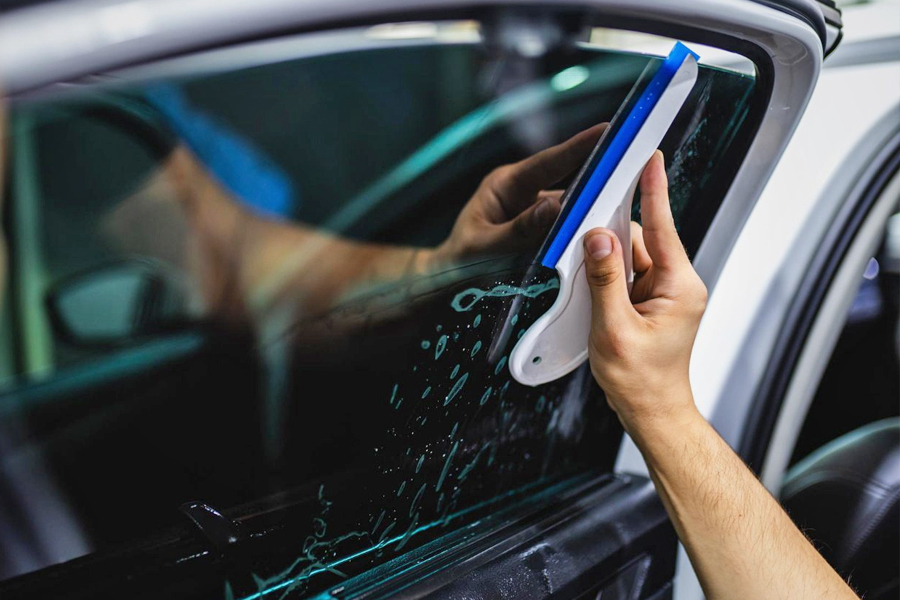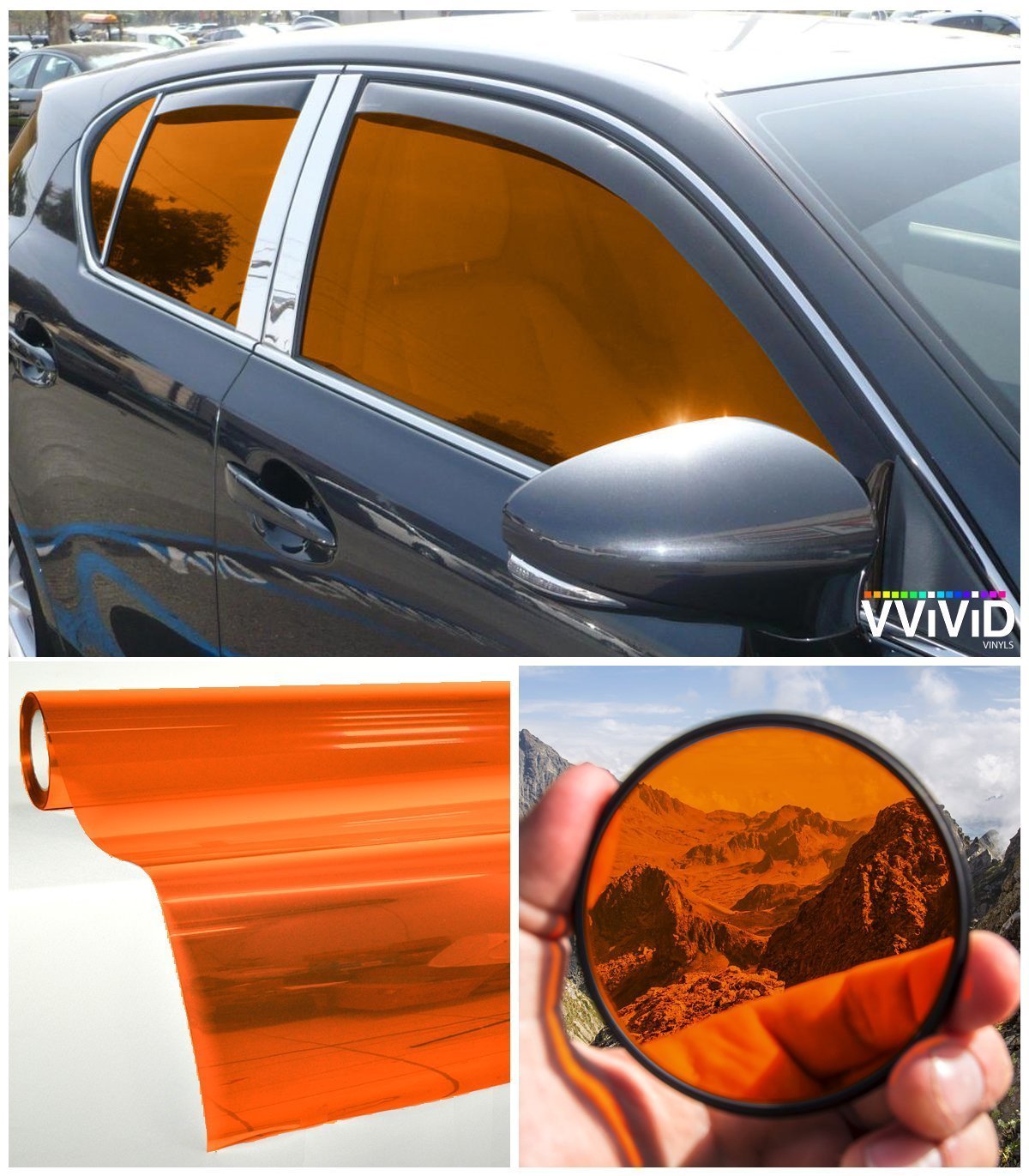Car Window Tinting: Locate the very best Deals and High Quality Solutions Close-by
Car Window Tinting: Locate the very best Deals and High Quality Solutions Close-by
Blog Article
Home Window Tinting Regulations and Guidelines: What You Required to Know Before Tinting Your Car
Prior to waging window tinting for your automobile, it is essential to acquaint on your own with the varied laws and guidelines that regulate this practice across various states. These regulations determine the acceptable degrees of tint darkness, commonly gauged by noticeable light transmission (VLT) portions, and consist of certain terms for front windshields targeted at ensuring road safety. Furthermore, specific territories may use clinical exemptions for individuals with qualifying conditions. Recognizing these complexities can conserve you from possible legal ramifications, however what are the particular policies in your state?
Introduction of Home Window Tinting Rules
Window tinting regulations are often based on variant throughout various territories, showing regional guidelines and safety factors to consider. These regulations determine the allowable degrees of tint darkness and reflectiveness on lorry windows, ensuring that motorists maintain adequate visibility while additionally safeguarding against dangerous UV rays and heat.
Most guidelines identify home window tinting based upon the Visible Light Transmission (VLT) percentage, which shows the quantity of light that can travel through the home window. Generally, lower VLT percentages signify darker tints. Legislations commonly separate in between the front, side, and back home windows, with more stringent constraints put on the front windscreen to enhance safety and security for both the vehicle driver and other road customers.
Furthermore, some territories enforce limitations on the reflectivity of the tint, protecting against excessive glare that might impair exposure. Exemptions to these regulations may exist for people with certain clinical problems needing extra sun security. Compliance with window tinting policies is important, as offenses can result in fines, compulsory elimination of the color, and prospective rises in insurance premiums. It is crucial for lorry proprietors to acquaint themselves with regional legislations before continuing with window tinting installations.
State-by-State Tint Laws
Recognizing the details window tinting laws in each state is important for lorry proprietors looking for to abide by the regulation. Each state in the U.S. has developed its very own collection of policies regulating window tinting, which can vary considerably. These guidelines commonly determine the allowed levels of tint darkness, the types of home windows that can be tinted, and any type of clinical exceptions that may apply.
As an example, states like California have stringent constraints on tint darkness for front windows, while others, such as New Mexico, might allow darker colors. Additionally, certain states mandate details visibility percents for different home windows, consisting of the windscreen, front side windows, and rear home windows. It is vital for automobile proprietors to acquaint themselves with their state's regulations to stay clear of potential penalties or penalties.
In addition, some states may need a certification sticker to be put on colored windows, indicating conformity with state regulations. Failing to stick to these guidelines not only takes the chance of lawful consequences but can likewise affect safety and security and exposure while driving. Therefore, lorry proprietors should carry out detailed study or seek advice from neighborhood authorities to ensure complete understanding and compliance with state-by-state color policies.
Allowed Color Types and levels
Many vehicle owners may be shocked to find out that allowed tint degrees and kinds vary widely throughout different states. Each state has established its own regulations relating to the allowable darkness and reflectivity of home window tint, often measured by Visible Light Transmission (VLT) percents. VLT refers to the quantity of light that can travel through the colored windows; thus, a lower percent indicates a darker color.

In addition, the sorts of color products enabled can differ, with some states restricting metallic or mirror-like surfaces. It is essential for lorry proprietors to acquaint themselves with their state's details regulations to ensure conformity. Non-compliance can lead to fines, necessary elimination of the color, or other lawful effects, making it imperative to recognize these policies prior to waging setup.
Medical Exemptions for Tinting
While not all states supply allocations for medical exemptions pertaining to home window tinting, those that do recognize the necessity for specific go to my blog people to boost visibility and convenience as a result of medical conditions. Numerous medical conditions, such as lupus, skin cancer, and certain eye problems, can provide individuals particularly delicate to sunshine. Subsequently, these individuals might require darker tints to safeguard themselves from dangerous UV rays and glare.

It is necessary to note that despite a medical exemption, there might still be limitations on the degree of color enabled. Conformity with state laws ensures that people are both safeguarded and within legal limitations. Those taking into consideration medical exceptions must call their regional Division of Electric motor Vehicles or equivalent authority to recognize the requirements and treatments necessary to obtain an exception successfully.
Penalties for Non-Compliance
Falling short to comply with home window tinting laws can lead to substantial penalties, which differ by state. Law enforcement firms are empowered to issue citations for lorries that do not follow the specified tinting policies. These fines commonly include fines, which can range from moderate amounts to click several hundred dollars, depending upon the extent of the infraction and the state in inquiry.
In some territories, repeated offenses may result in escalating fines or additional charges, such as obligatory court appearances. Moreover, non-compliance may require the removal of unlawful tinting, often at the proprietor's expense. In severe situations, habitual culprits may face suspension of their car registration up until conformity is achieved.
Additionally, insurance coverage effects might develop from getting several citations for window tint infractions. Insurance providers may watch such infractions as an indicator of riskier behavior, possibly causing raised costs or difficulty in protection.
To prevent these fines, it is essential for automobile proprietors to familiarize themselves with their regional home window tinting regulations and make certain that their car complies (Window Tinting). This positive strategy not just stays clear of lawful ramifications however additionally promotes road safety and security
Final Thought

A lot of laws identify window tinting based on the Visible Light Transmission (VLT) portion, which indicates the quantity of light that can pass with the home window. Conformity with home window tinting regulations is important, as violations can result in penalties, obligatory removal of the tint, and prospective boosts in insurance coverage costs.Comprehending the specific window tinting policies in each state is vital for lorry owners seeking to comply with the legislation. These guidelines usually determine the allowed degrees of color darkness, the types of windows that can be tinted, and any medical exemptions that might apply.
For circumstances, states like California have stringent constraints on color darkness for front windows, while others, such as New Mexico, might enable darker colors.
Report this page